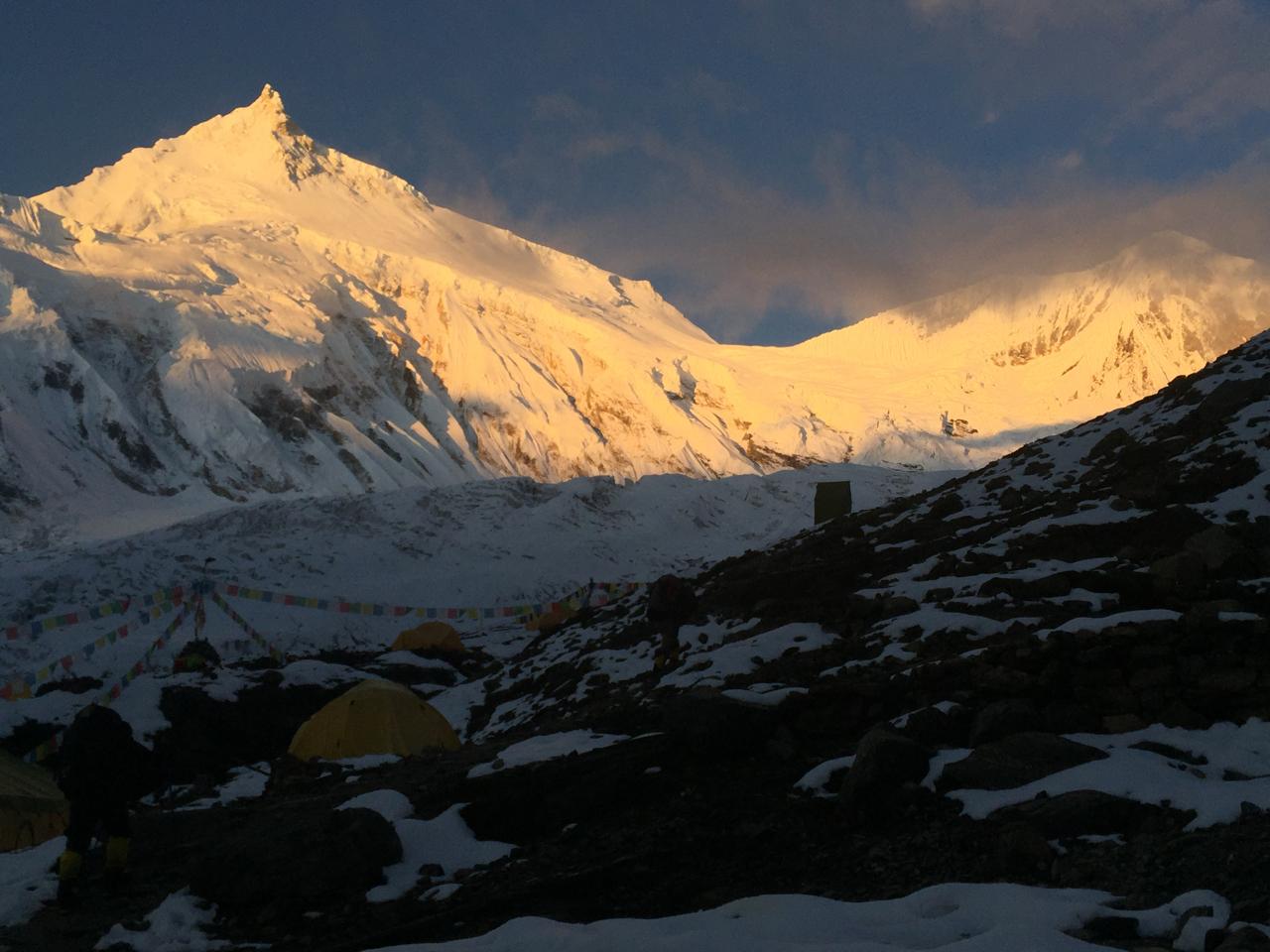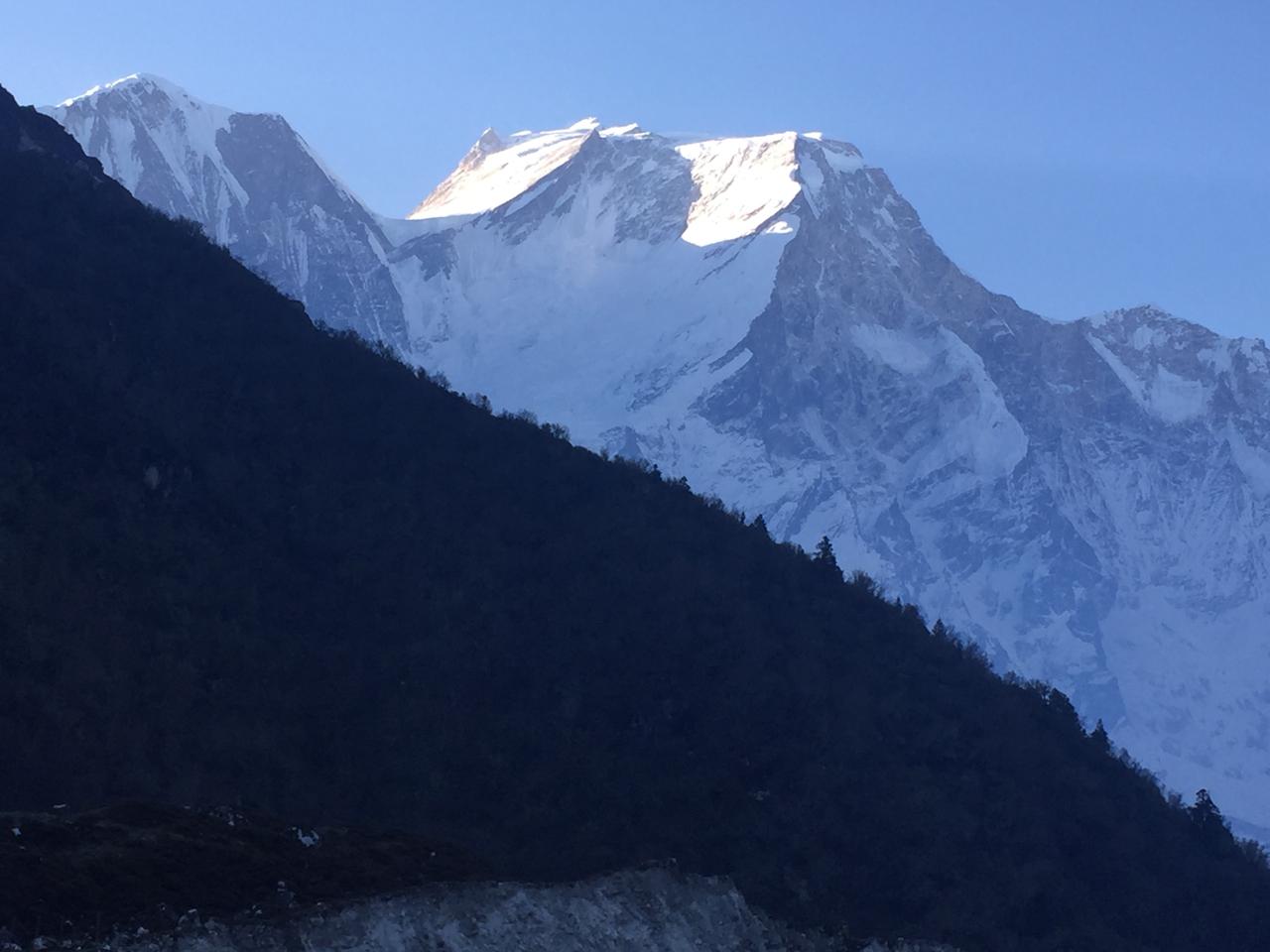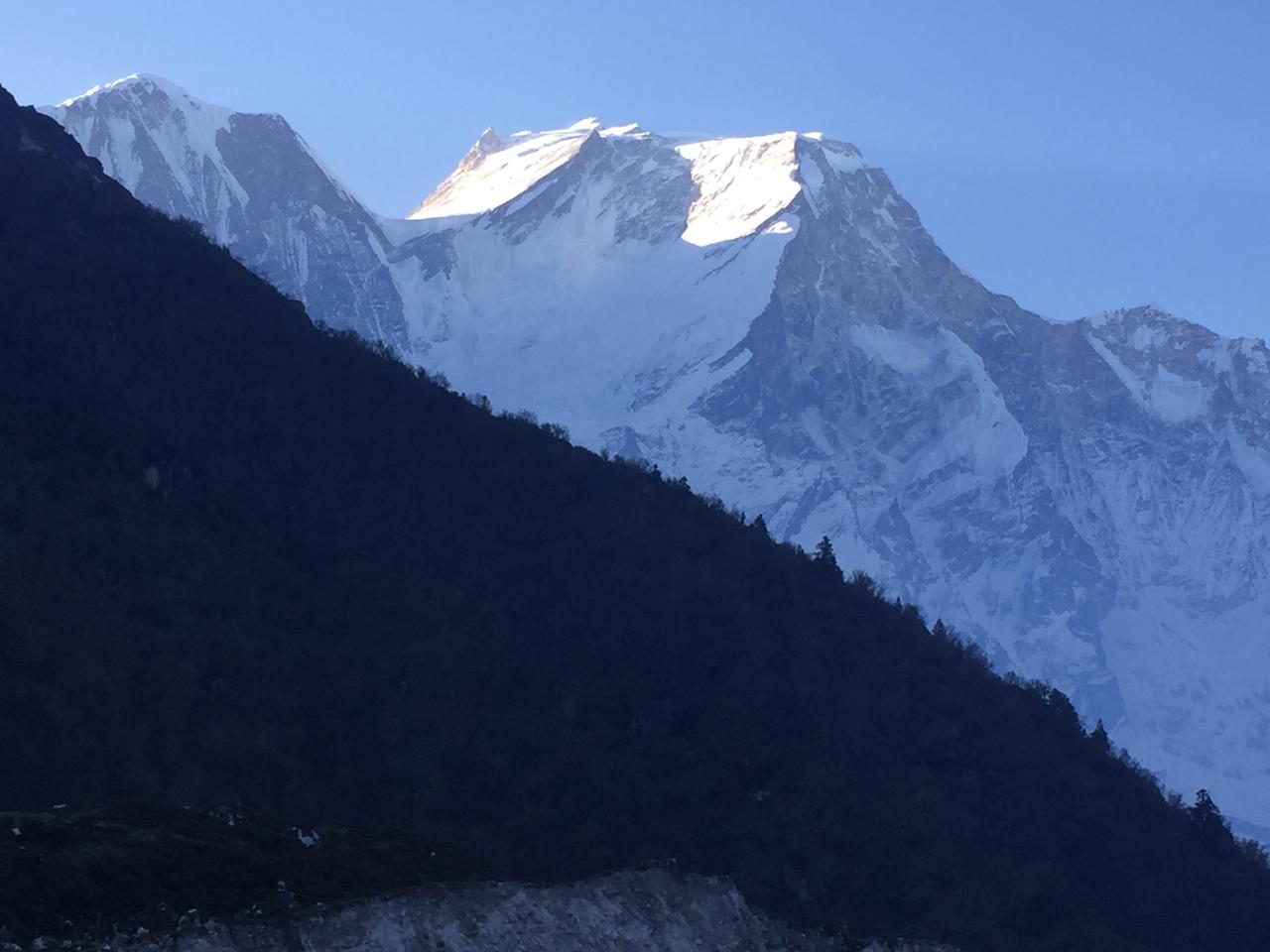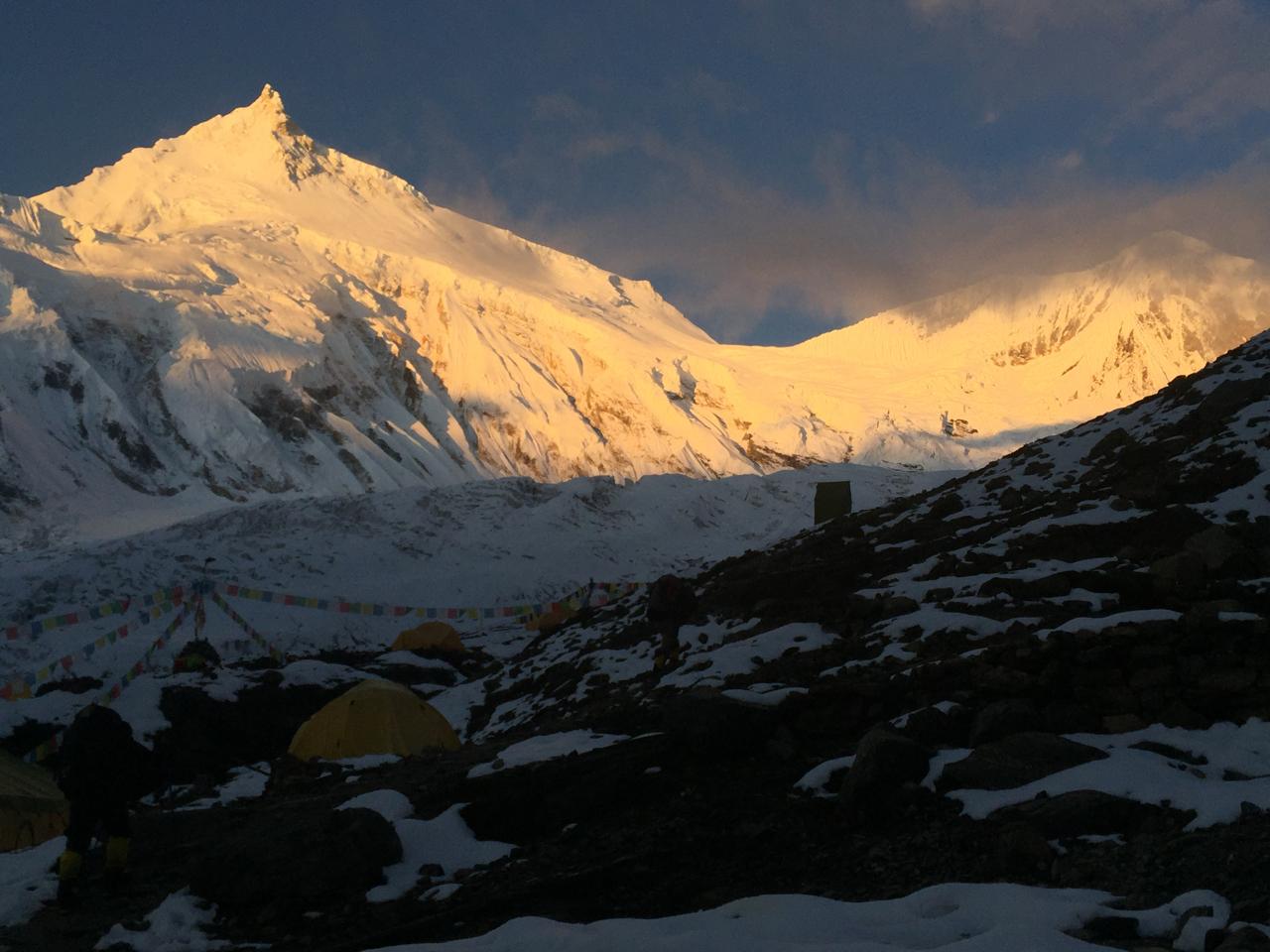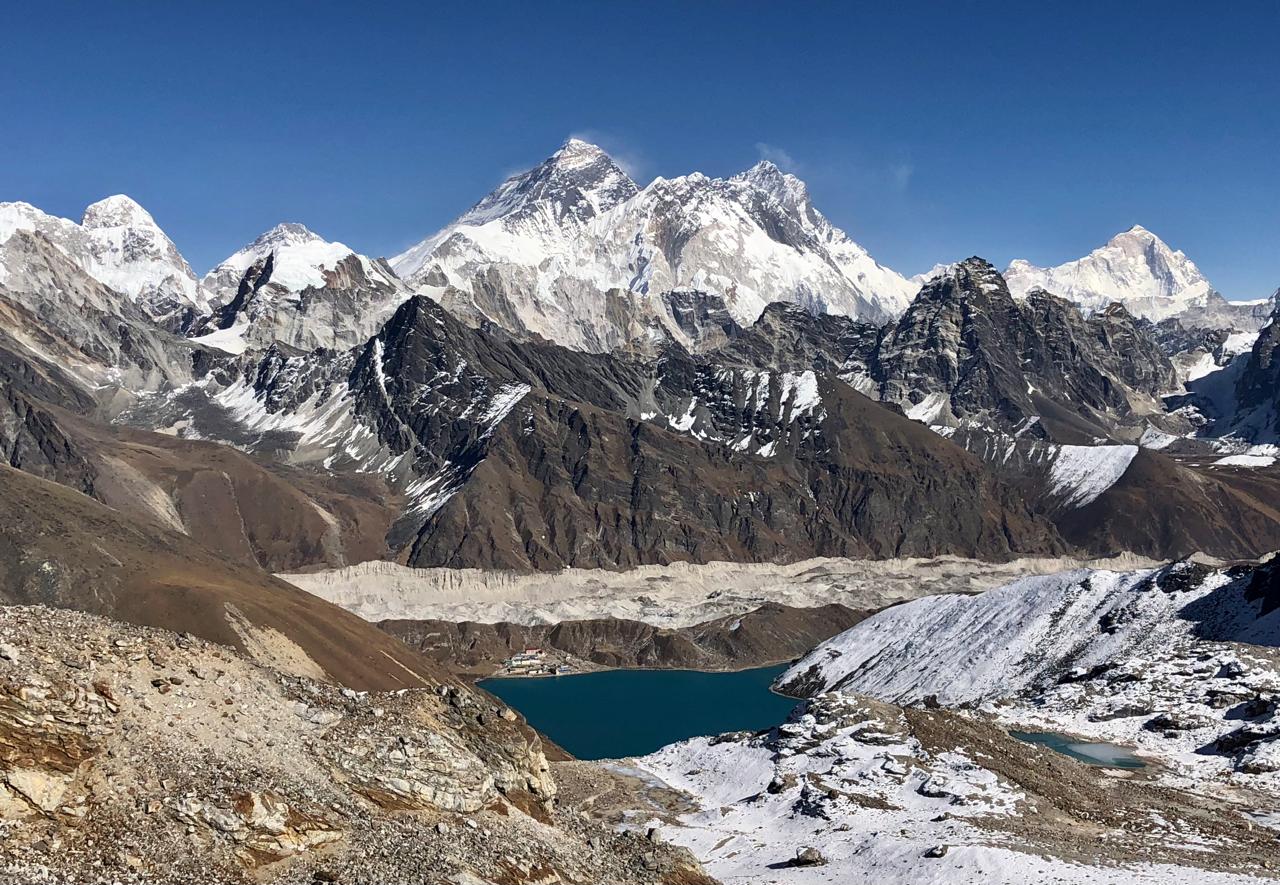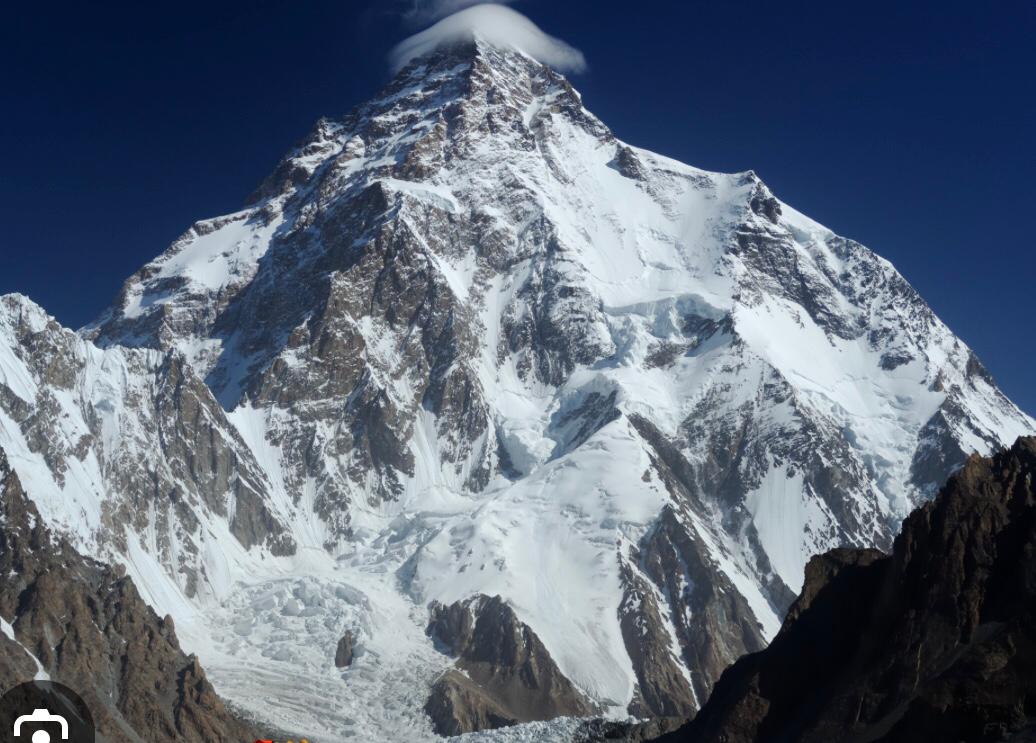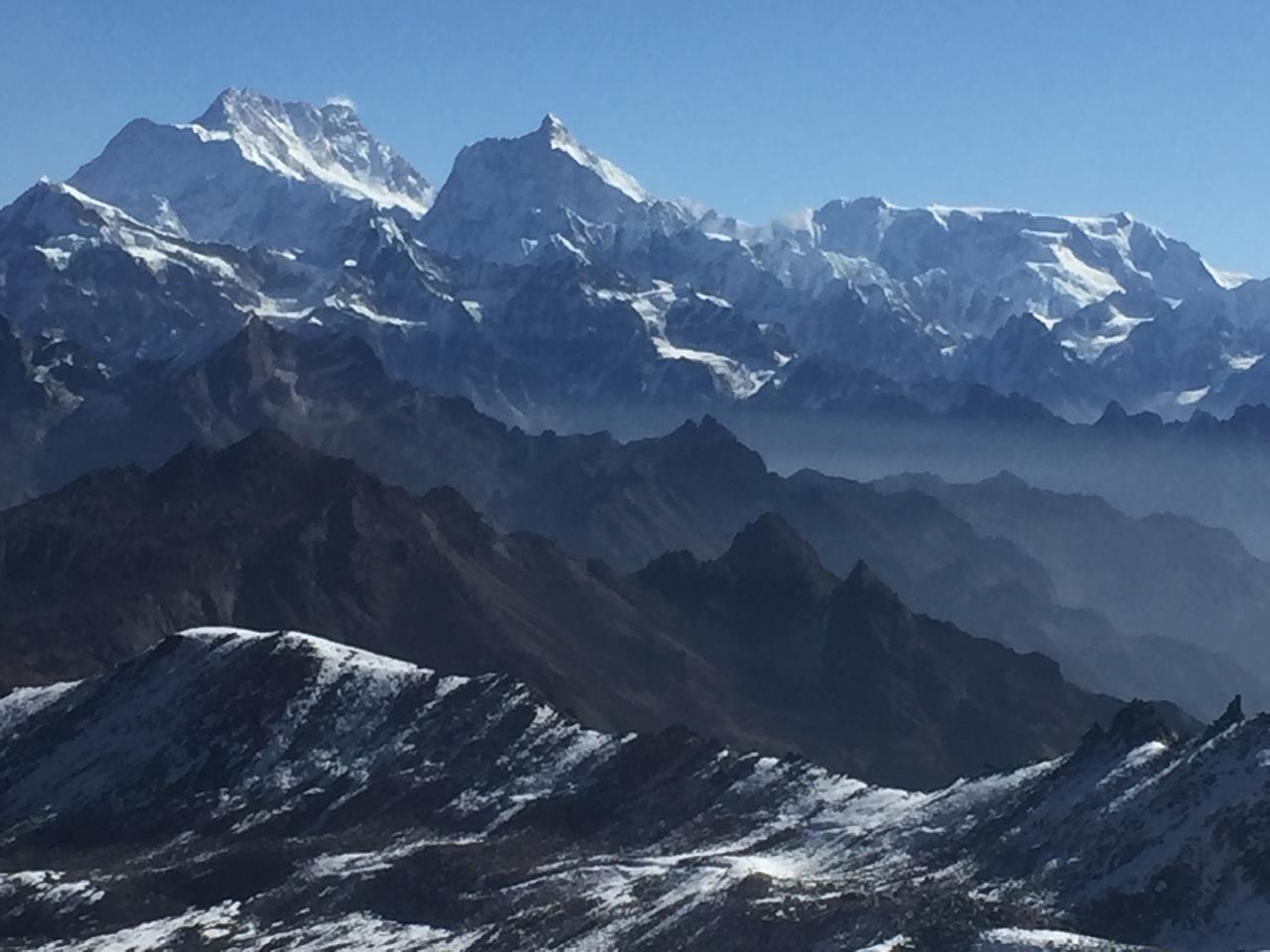Mt. Manaslu (8,163 m) is the eighth highest mountain in the world, also known as Kuang. It is one of the most difficult mountains to climb due to the deep pitches and knife-edged ridges. It is located in the west-central part of Nepal and is the highest mountain in the Lamjung district of Nepal. Mount Manaslu is the world’s eighth-highest peak. Manaslu Peak is about 64 km east of Mount Annapurna. This Manaslu Expedition is a complete climbing adventure of an 8000-meter peak. This expedition consists of diverse landscapes and is a challenging climbing experience. It is much more challenging than Cho Oyu and Sishapangma. So, the climbers are required to have excellent physical and mental preparation. It was first climbed by a group of the Japanese Expedition in 1956.
This expedition is recommended only for experienced climbers since it is dangerous and difficult. You will need prior knowledge. To join this particular expedition, you should be fully acquainted with mountaineering techniques. You also need to have some climbing experience and must have climbed Alpine climbs and have altitude experience of climbing 6000m or above. This expedition is a 45-50-day journeyout of which 26 days will be spent in the high mountains. Our journey starts with a drive from Kathmandu to Arughat, followed by a trek through beautiful villages, terrace farms, and rhododendron forests.
Mt. Manaslu is approachable from many routes. We use the standard route, which is the Northeast face route used by the Japanese expedition in 1956. The top of Mt. Manaslu offers you both the feeling of great achievement and majestic views of the mountains. The favorable season to climb this mountain is late spring and autumn. The local Sherpa support guides will be there for you on your climb. So, this expedition allows you to enjoy the beautiful landscape, mountains, culture, and lifestyle of people living in those areas.
The expedition involves high-altitude trekking and a technical ascent requiring careful camp rotation and acclimatization. Climbers will face challenges such as icefall, glacier traverse, extreme weather, avalanches, and oxygen supplementation at higher altitudes. Fixed ropes will be used for the summit push, and the Manaslu Circuit will take you through scenic teahouse treks before reaching Base Camp for the final summit attempt. Proper mountaineering gear will be necessary throughout the journey to ensure safety.
Trip Notes
Best Time to Trek & Climb:
-
Spring (Apr–May): Stable weather, clear skies—ideal for summit attempts.
-
Autumn (Oct–Nov): Dry trails and excellent mountain views.
-
Early Winter (Dec): Less crowded but colder and more challenging.
Permits Required:
-
Manaslu Restricted Area Permit
-
Manaslu Conservation Area Permit (MCAP)
-
Annapurna Conservation Area Permit (ACAP)
-
Manaslu–Tsum Valley Permit (if applicable)
-
TIMS Card
Experience Needed:
-
High-altitude trekking experience essential
-
Basic mountaineering skills (ice axe, crampons, ropes)
-
Strong physical fitness and mental endurance required
Acclimatization & Altitude Sickness:
-
Includes gradual ascent and rest days
-
Hydration and medication (e.g., Diamox) can help
-
Monitor and report any symptoms early
Route Overview:
-
Trek from Soti Khola to Manaslu Base Camp (4,700m)
-
Climbing via Camps I (5,700m), II (6,400m), III (6,800m), IV (7,400m)
-
Summit push to Manaslu (8,163m) and descent via same route
Accommodation:
-
Hotels in Kathmandu
-
Teahouses during the approach
-
Tented camps from Base Camp and above
Duration & Camps:
-
47 days total, including acclimatization and return
-
Climbing period: approx. 30 days
-
High Camps: Camp I–IV leading to summit
Safety Tips:
-
Prioritize acclimatization
-
Follow guide and Sherpa instructions
-
Prepare for extreme weather conditions
-
Watch for altitude sickness symptoms
Cultural & Natural Highlights:
-
Majestic views of Manaslu and the Himalayas
-
Culturally rich Tibetan-influenced villages
-
Scenic Budhi Gandaki Valley and alpine landscapes
